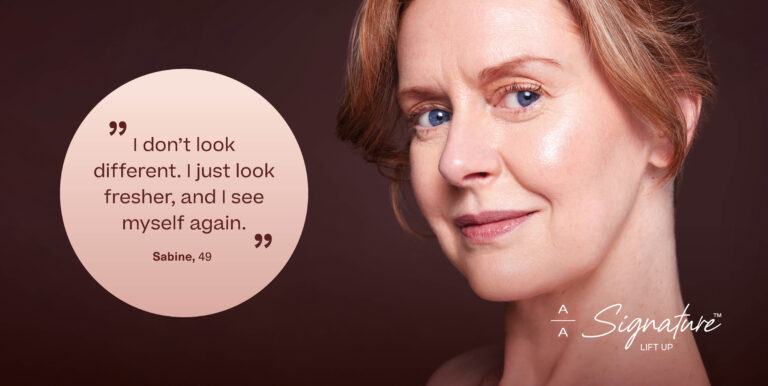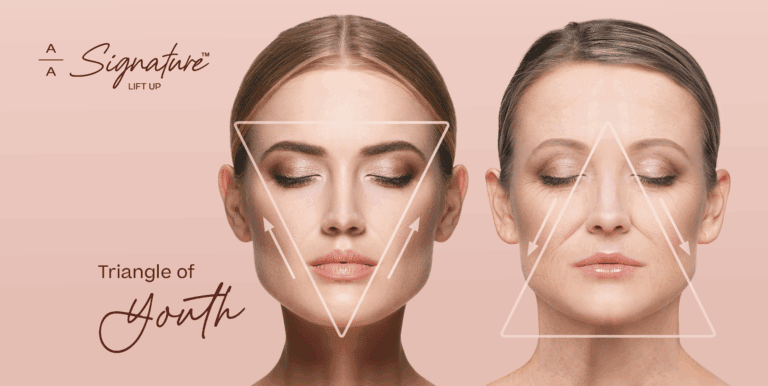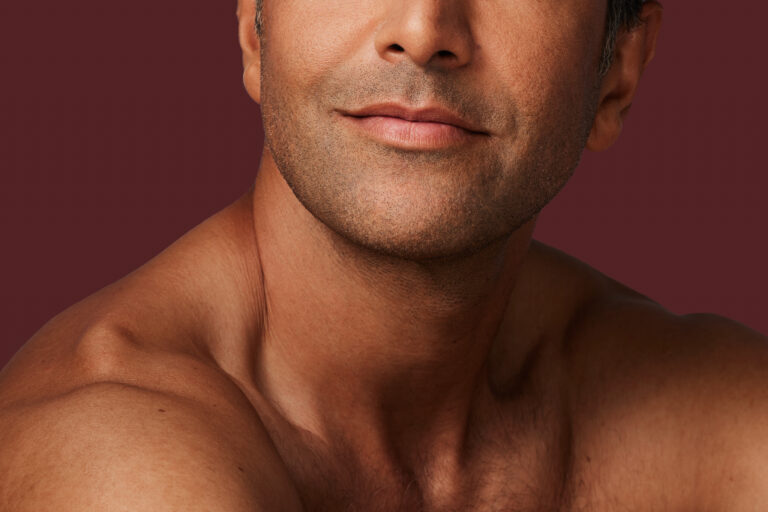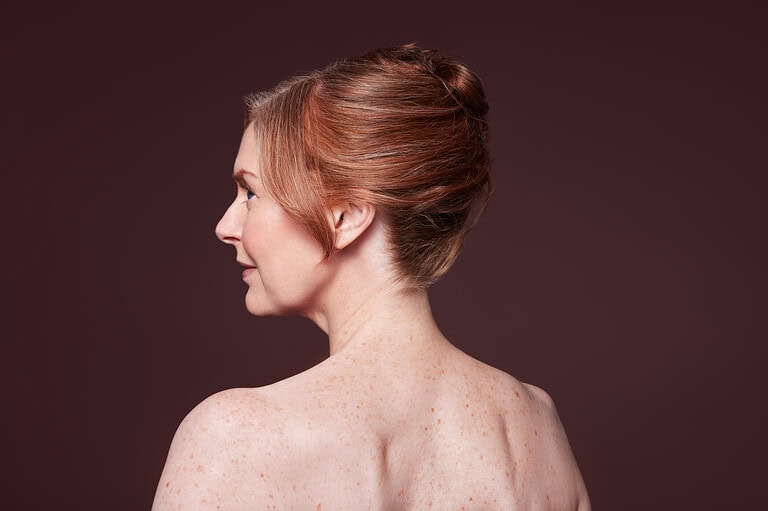Consumer Information Magazine

There is one main reason why the skin loses elasticity, dries out and forms fine lines with age: the skin’s own hyaluronic acid content decreases over the course of a lifetime. But what exactly is behind this mysterious substance that gives us our radiant, youthful appearance? And how can we compensate for its natural loss?
Glass beauty elixir
Hyaluronic acid, derived from the Greek word “hyalos”, which can be roughly translated as “glass”, is omnipresent in our bodies. It is not only effective in our skin, but also in the synovial fluid, in the intervertebral discs and in connective tissue – wherever elasticity is important. If we suffer an injury, for example, the concentration of hyaluronic acid in the skin increases spontaneously. The body’s own building material promotes wound healing, regulates inflammatory processes and has an antibacterial effect. However, the fact that the substance is currently attracting the attention of the beauty industry is due to its anti-ageing properties: The gel-like disaccharide gives the skin elasticity and suppleness. There, like the protein collagen contained in connective tissue, it is a main component of the cell matrix and ensures that water is bound between the individual skin layers, which guarantees the supply of moisture: 1 gram of hyaluronic acid can bind up to 6 liters of water, i.e. 6,000 times its own weight. This creates hyaluronic acid deposits that protect the skin from external influences such as free radicals. Around half of the hyaluronic acid found in the body is found in the skin, where it is the ultimate moisturizer and therefore the key to a youthful, fresh complexion.
Skin moisture is the be-all and end-all
However, this effect is fleeting: from around the age of 25, the proportion of the gel-like substance in the tissue is gradually reduced and hyaluronic acid production decreases. Our facial expressions cause the facial skin to constantly contract and expand. In combination with external factors such as UV radiation, environmental pollution or tobacco consumption, this means that at some point the skin can no longer reconstruct its original smooth condition – the ageing process progresses. So if we ensure that our hyaluronic acid deposits are always well filled, we can look forward to plump, elastic and even skin. But what is the best way to do this? And which method is most effective?
Cream pot wonder weapon?
Hyaluronic care for application is available as a face and eye cream, face masks or serums. A cream containing a combination of short and long-chain hyaluronic acid molecules works best. Although high-molecular hyaluronic acid does not penetrate the skin, it is deposited on its surface and stores moisture there. However, as soon as the film is removed by washing, for example, the effect ends and no long-term effect can occur. Low-molecular hyaluronic acid, on the other hand, ideally passes through the skin barrier and thus builds up more lasting moisture deposits in the connective tissue. These skincare products often also contain other valuable substances such as shea butter or vitamins.

the skin elasticity and suppleness.
Mmmh, yummy!
In addition to superficial application in the form of creams and the like, hyaluronic acid is also available as a dietary supplement, for example as drinking ampoules and even as fruit gums for snacking. The idea is to get the active ingredients into the cells via the blood. However, only around 10 percent of hyaluronic acid molecules normally make it past the intestinal flora. To protect them from the enzymes of the digestive system, manufacturers of the beauty food therefore encapsulate the molecules with hesperidin, an antioxidant found in the white skin of citrus fruits. Despite these efforts, scientific studies have not yet been able to conclusively prove the effect of these preparations.





